What is the consent process?
A clinical trial consent process uses a lengthy document called an informed consent form that explains everything you need to understand before deciding to sign up for a clinical trial. It will help you understand every step of the trial process, what you should expect in terms of how the treatment may affect you, and your role as a participant in the process. We refer to this as a "process" because it is an opportunity to discuss your expectations for the trial with the researchers and ask questions. This process does not have to happen in one visit – in most instances, you can take time to think about it and even ask more questions later to be sure you are ready to participate.
These documents are designed to be very detailed. It’s important that you clearly understand the information in order to make the decision that is right for you, for your condition, and for your lifestyle. You may receive an unsigned copy first to review and return with questions; your trial team will then provide you with a signed copy to keep.
Don’t understand something? Ask!
The language used in consent forms is written so you can understand it even if you are not familiar with medical terms. But if something is not very clear to you, be sure to ask your trial team.
Sections of an Informed Consent Form
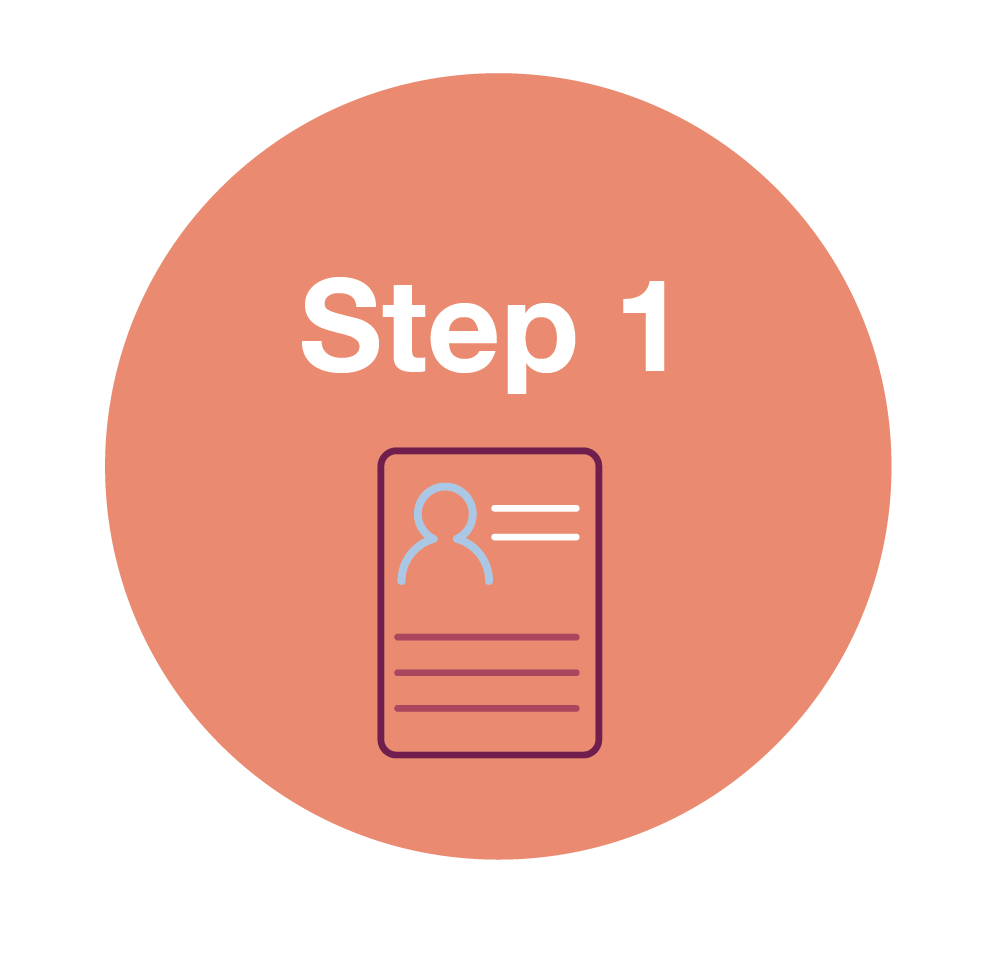
- Read this one carefully! The trial description explains what the trial team wants to understand about this new treatment approach. Make sure this is something you’d like to understand for your own treatment experience as well.
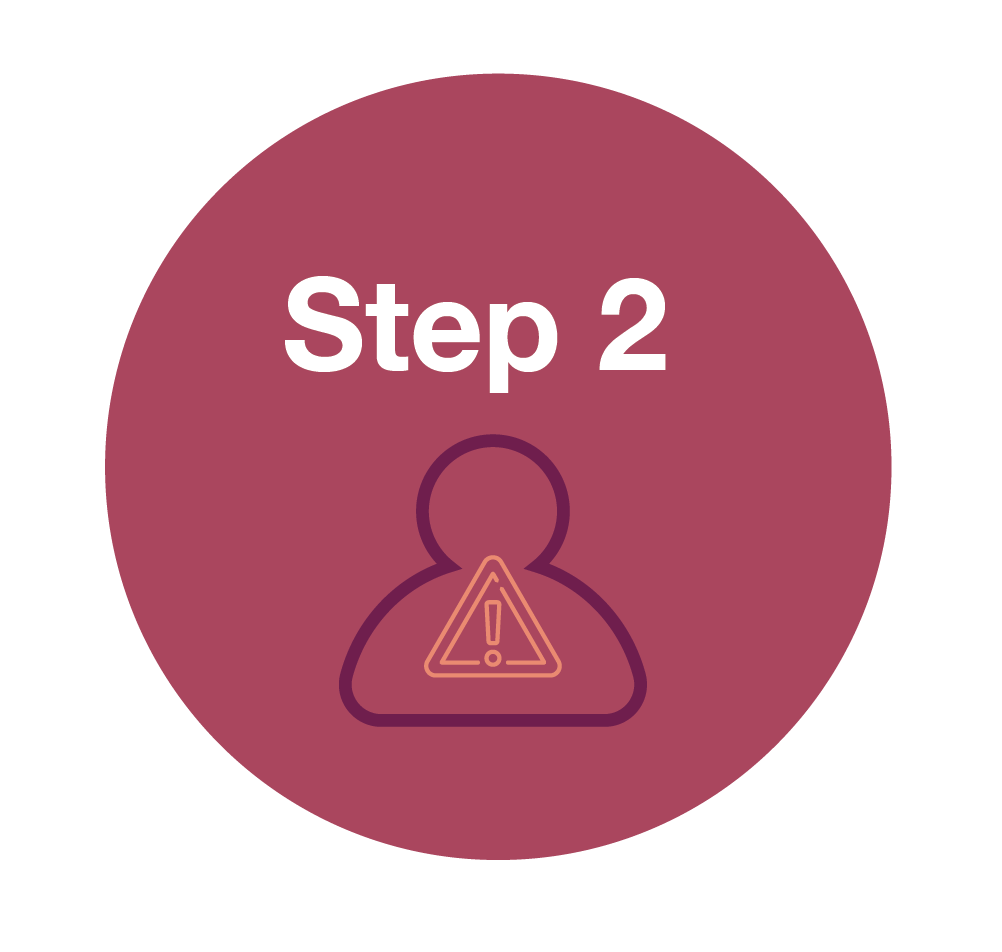
- All medications have some risks; it is important for you to understand what risks might be involved in a trial treatment and how likely they are to occur.
- Remember that particularly in later stage trials these treatments have already been through a lot of testing (or in some cases, they are testing treatments that are already available and well-studied).
- The risk information in the consent process is based on all prior research on the treatment, as well as information provided in the protocol by the trial sponsor.
- You should know that the consent process is designed to be very transparent, describing any reasonable risks that may occur. That does not mean that you should expect to have these events yourself during the trial.
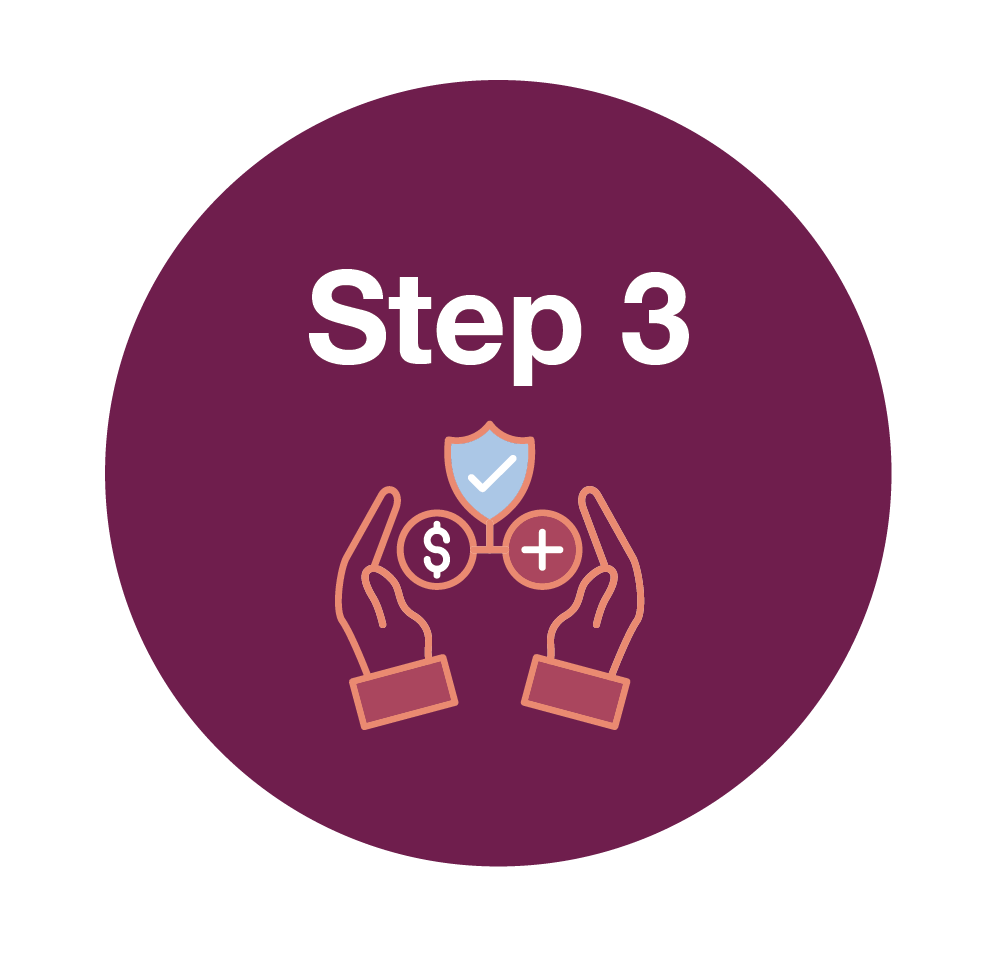
- Like the risk section, the benefits section of consent helps you understand the benefits that are expected from the treatment being tested in the clinical trial.
- This is also based on prior research and experience with the treatment and is typically supported by numerous earlier studies.
- It’s important to know that the benefits listed in this section are not guaranteed. Although every research project helps to advance science, you may not personally benefit from the trial. Every person responds differently to medicines based on their own condition. The description in this section explains what the trial sponsors expect on average from participants.
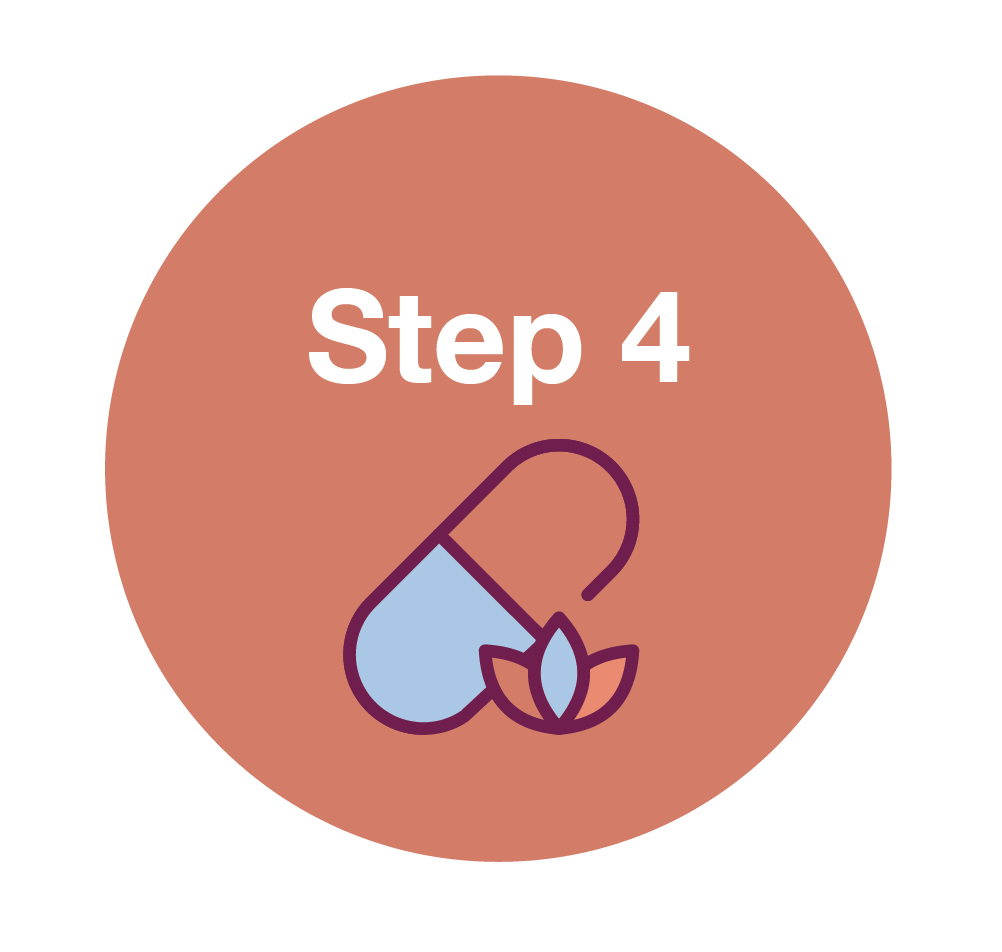
- Participating in a clinical trial can be a big commitment for you and your family. This section of consent provides you with other options instead of joining the trial.
- Like the other sections in the consent process, this language is meant to help you make a well-informed decision about your participation.
- This might include currently available therapies, other interventions (like surgery), or other supportive care.
- In some cases, particularly for rare bleeding disorders, there might be no approved options, so this section might explain the options available to you.
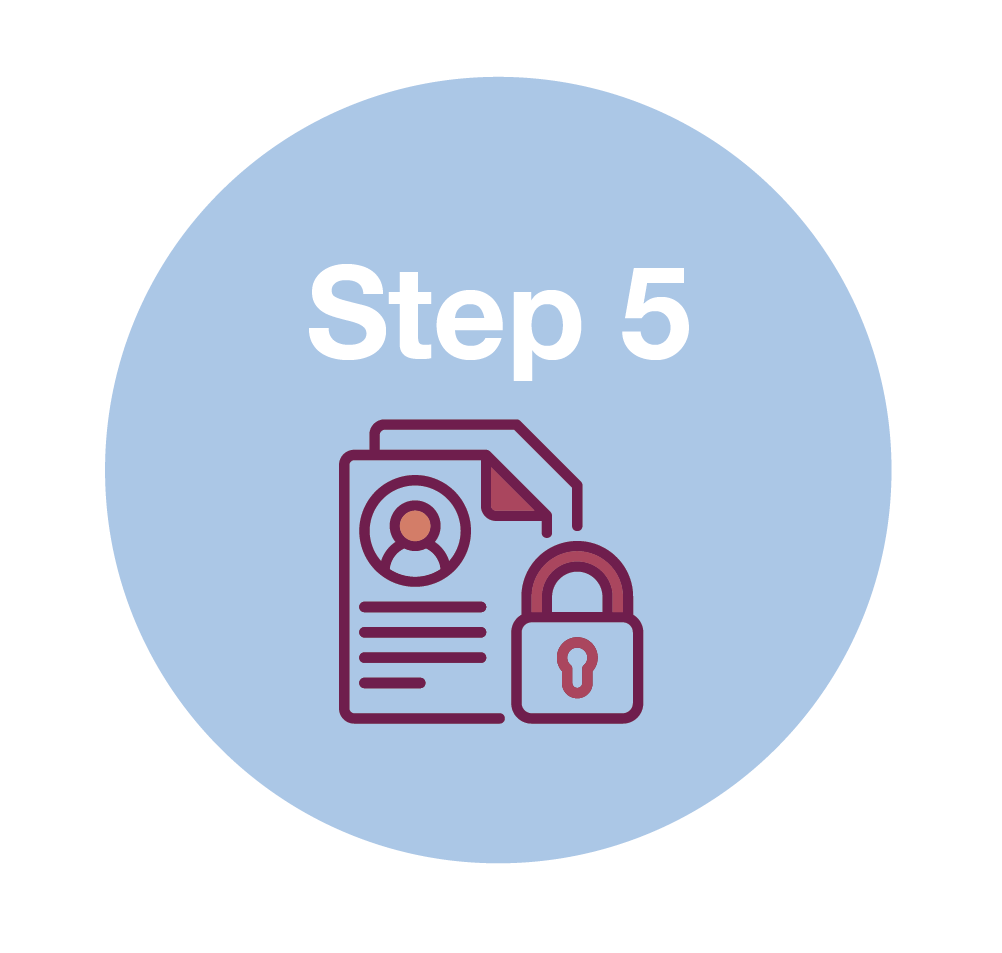
- This is an important part of the consent process that you should read and understand with your trial team.
- It’s important for you to know that all of the data recorded about your experience in the trial, including blood or plasma samples you provide, is maintained strictly confidential for the purposes of the trial. The information in this section will explain how and for how long the information is stored.
- Based on US regulations, the U.S. Food and Drug Administration (FDA) may review the records based on the trial outcomes, but will also treat this information as confidential. The data collected is deidentified, meaning it will be anonymous information for the sponsor and regulators.
- Be sure to ask any questions of your care team so you are comfortable with this topic.
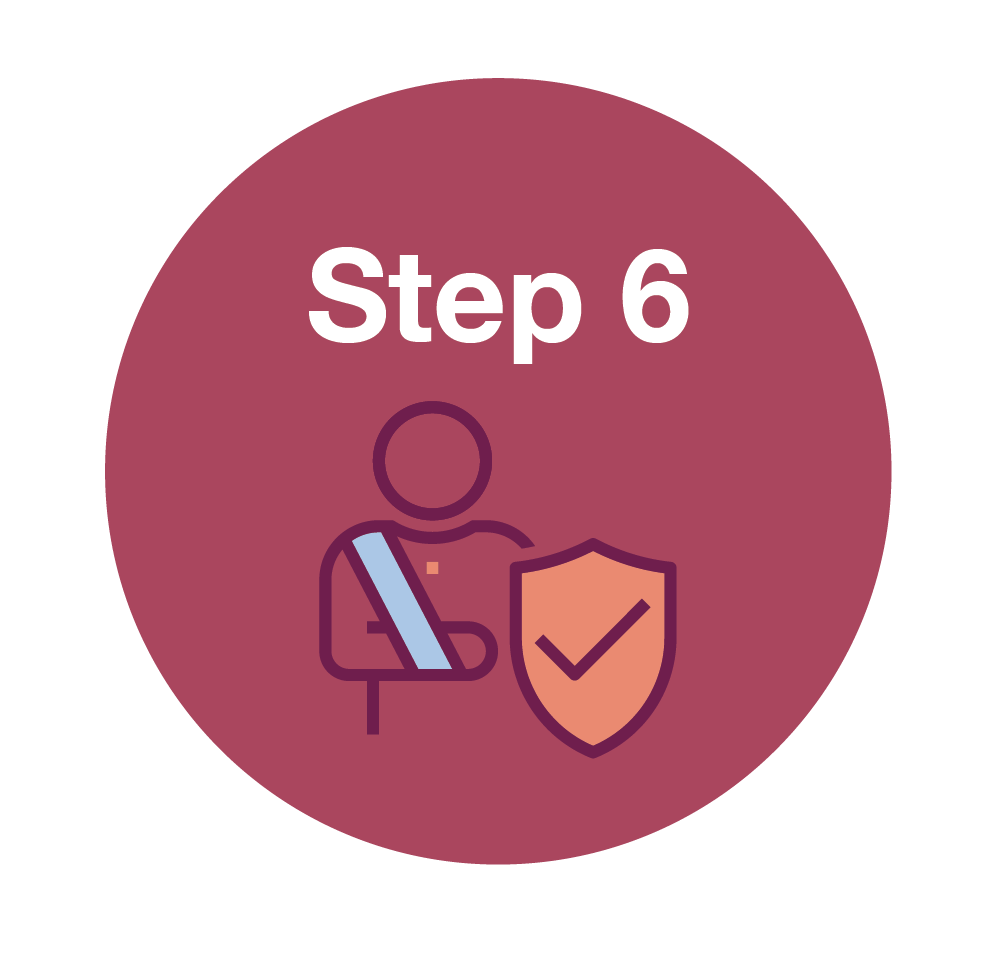
- In this section, the trial team will explain any costs you might expect by participating in the trial (which are usually minimal). You'll also receive information about compensation, which may include payment for your time, travel, meals or lodging required to participate.
- The trial team will also explain in this section who will provide care for you in the event of an injury (for example: requiring treatment, a clinic visit, ER visit or hospitalization). Depending on the type of trial, this may outline examples of the types of medical treatment you might receive in the event of an injury or side effect.
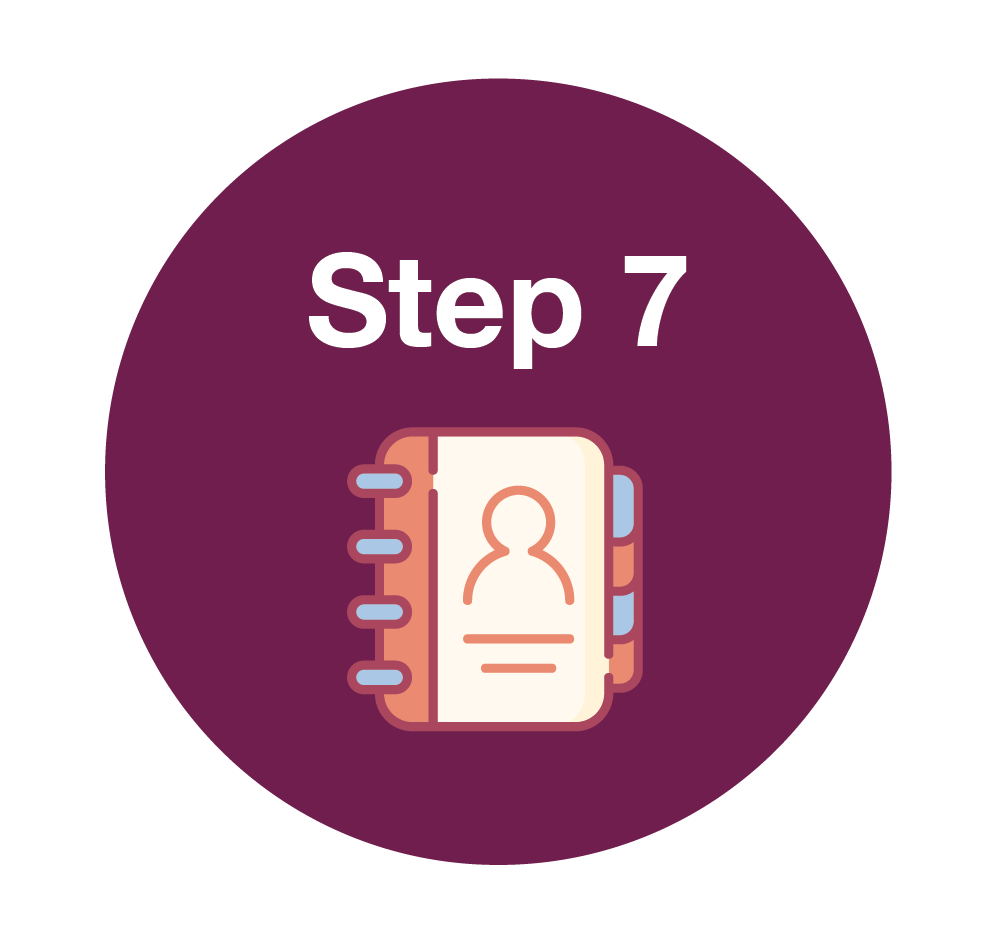
- You will get to know your clinical trial team well throughout the process, especially your trial coordinators, nurses, social workers and others who will be actively involved in your visits throughout the trial.
- This section of the consent process will provide you with the names of the right individuals to ask any questions, to contact if you experience any side effects or who can share resources for you or your caregivers.
- Your consent forms will include names and contact information for these individuals.
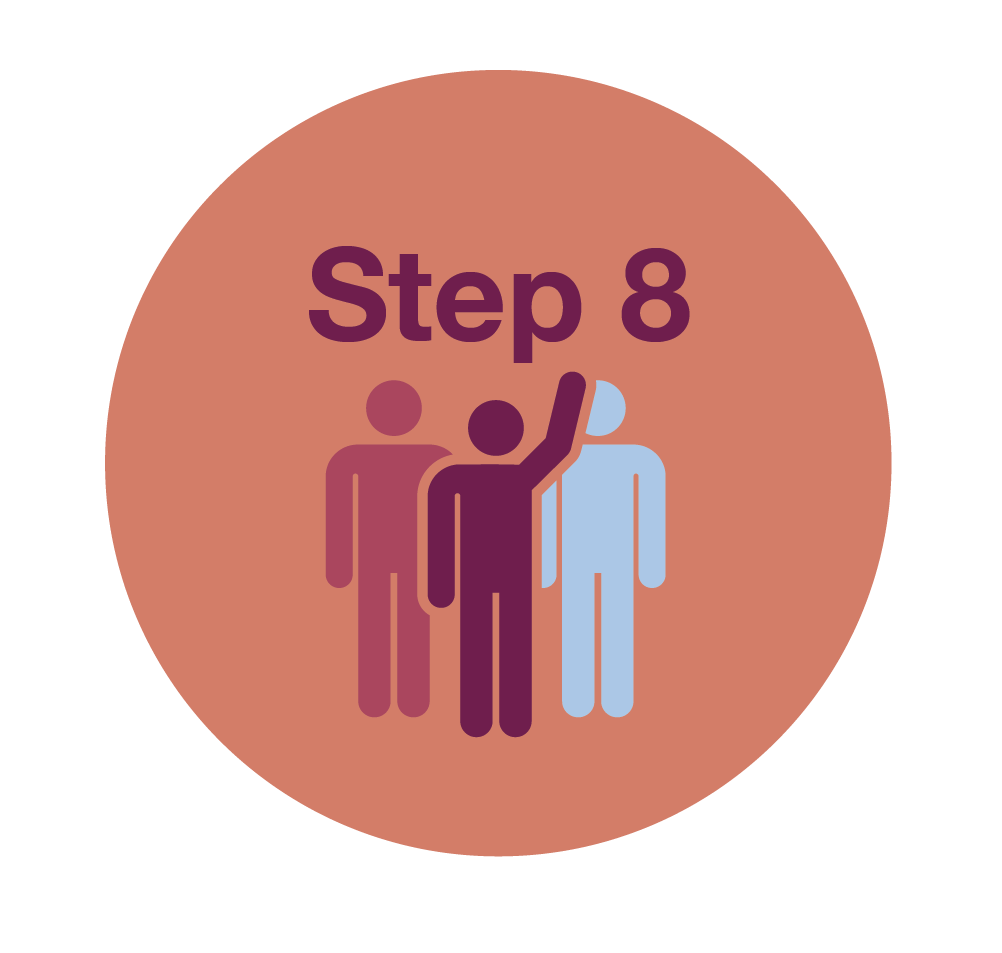
- It’s important to remember that participating in a clinical trial is completely voluntary. This means you have the choice to decide not to sign up for the study, or you can decide at any time during the study that you no longer wish to participate. This section of consent clarifies this information and explains how to disenroll.
- You should review the trial requirements carefully and only join if you feel you can make the commitment to the trial and plan to complete the entire process. You do not need to provide any reason for discontinuing.
- Many therapies can be stopped and you can simply return to your prior treatment. But some newer technologies, such as gene therapies, cannot be undone or reversed.
- Be sure to talk with your research team about your care plan if you decide to leave the trial.
- Some clinical trials for bleeding disorders are available for individuals under the age of 18 to participate. In this case, like many other binding agreements, parents and guardians are asked to complete the consent process on behalf of the child participant.
- Depending upon the child’s age and comprehension levels, it is important to involve the child in this process, to review the information and help them understand as much as possible about their role, understand the treatment process and answer questions about how they’re feeling. This assent process is important to help make sure the trial process is positive for the child and their family.
What is “assent” for children to participate in a trial? |
|
Assent means a child agrees to take part in a trial. Assent is not always required by law but is beneficial to help the child feel comfortable with participation. To assent, a child must be able to understand the trial and what is required for them. The age depends on the child and the extent of the trial. The trial team may use written explanations, videos, images or other visual tools to help explain this process. The parent or guardian must still provide informed consent for the child to participate. |
Want to understand more about consent?
The FDA has made available a detailed guidance document that explains each step of the consent process. To review this guidance, click here.
Key questions to ask when reviewing your consent paperwork |
|
Highlights to Remember
- Informed consent is an important part of the trial process to make sure you fully understand the expectations for participation and objectives of the trial.
- You always have the option to not enroll or to withdraw from the trial at any time for any reason, with no explanation.
- Risks and benefits are clearly outlined to help you understand what might occur.
- If anything in the consent process is unclear, be sure to ask your trial team!

